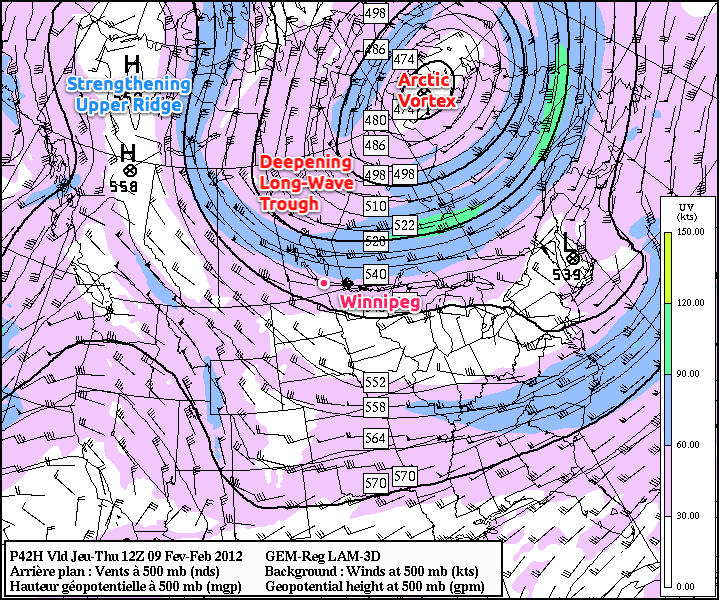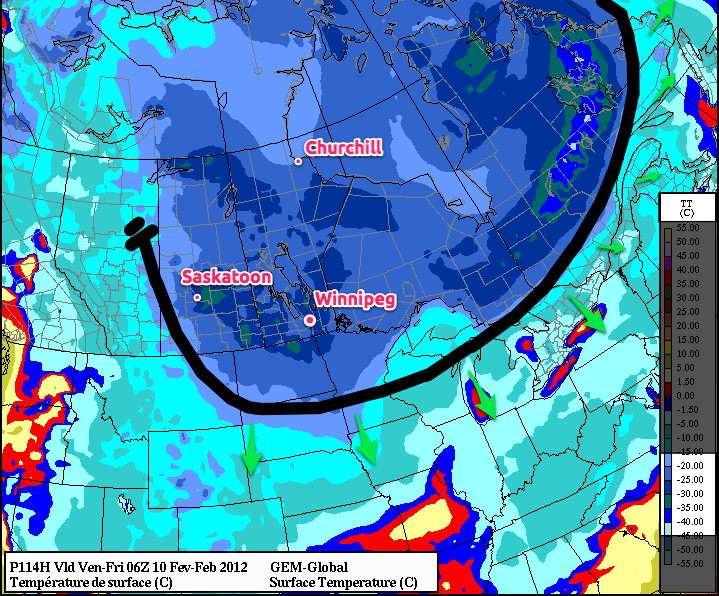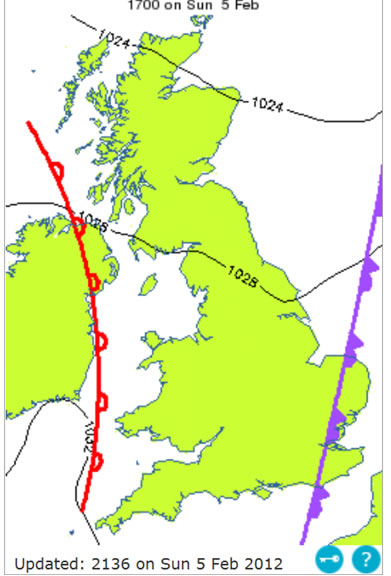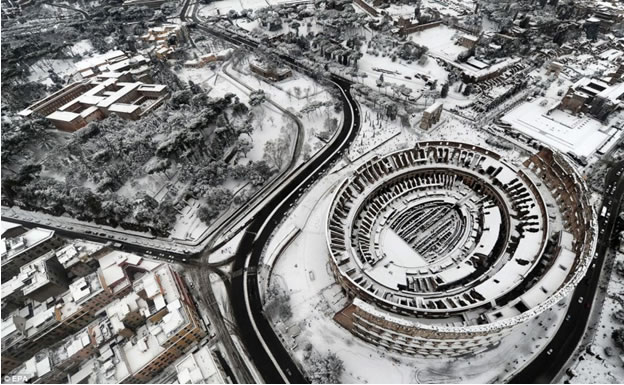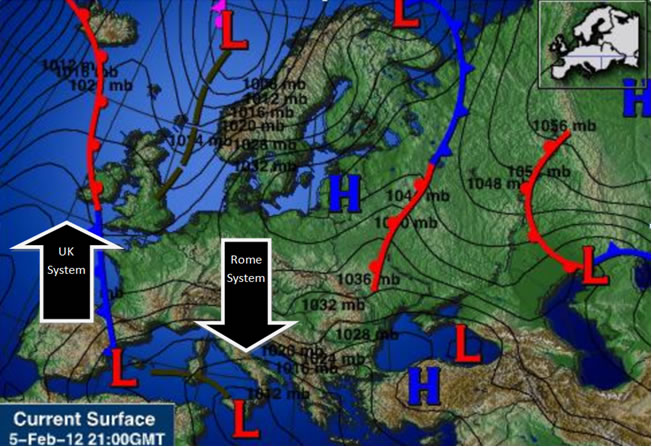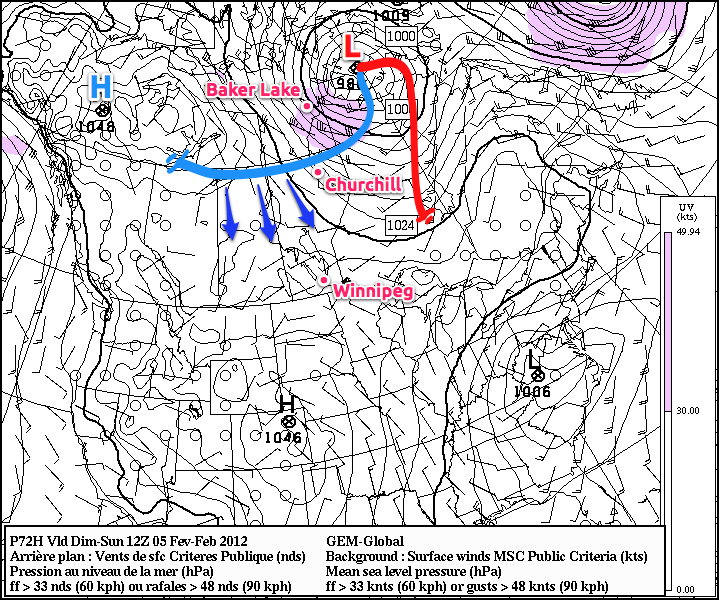Low pressure systems are the “engine” that drive weather. They are what interact with warm and cold fronts, and they function to convert and dissipate the energy stored within the fronts. These systems have a “traditional” or “classical” progression that can be observed.
Frontal Wave

The first sign of the development of a low pressure system is the appearance of a frontal wave. This is a slight bend in an area of high thermal contrast. This is the beginnings of the warm and cold fronts.
Surface Low Appearance

As the wave tightens, and the cold front becomes more perpendicular to the warm front, the low pressure center appears on the inflection point of the warm and cold fronts (where the two fronts attach to each other). The low will then move with the mean flow aloft, following the troughs of upper-level waves (more on that later). As the low moves, the fronts move along with it. And naturally, the weather associated with those fronts moves along as well.
Mature Low

A satellite image depicting a mature low pressure system. The cold front is represented by the blue line, the warm front by the red line, and the trowel by the blue/red half-arrows. The center of the low circulation is marked by the large L.
One characteristic of cold fronts is that they are often faster moving that warm fronts. This can result in the warm front moving “along” the warm front and lifting the warm air up. This is called an occlusion process. The warm air aloft then is pulled towards the low and around it, rising in height. This warm air aloft is called an occlusion, or more frequently today, a trowel.
A mature low will have 4 distinct areas and kinds of precipitation: warm front precipitation, cold front precipitation, occlusion/trowel precipitation, and “wrap around” precipitation. Wrap-around precipitation is the weather that occurs in extremely close proximity.
Low Dissipation
Eventually, the warm and cold fronts pull themselves off the low pressure system. It can be likened that the “gas” for a low pressure system is the temperature contrast present in the fronts. When the fronts leave the low, warm air wraps around it and soon there is no more sharp temperature contrasts. When this happens, the low will “fill in” and dissipate.
Why Is It Called A Low Pressure System?

When a low pressure system begins to form, air is pulled in towards the center of it. We have discovered that, more or less, air in the atmosphere doesn’t like to compress. So instead of compressing as all this air meets in one place, it pushes air upwards. This creates a circulation where air moves in towards the low at the surface, rises some height, then flows out and away from the low. This results in low pressure near the surface, where the air is rising, and higher pressure somewhere above, where the air is moving outwards. Thus, a low pressure system is called such because the surface pressure is actually lower than the areas around it. As it “dies,” the surface pressure will return to the normal pressure around the low.
I should mention that this is an extremely brief overview of low pressure systems. If you would like to learn more, there are entire books written on the subject, and to this day it is still an area of active research.
